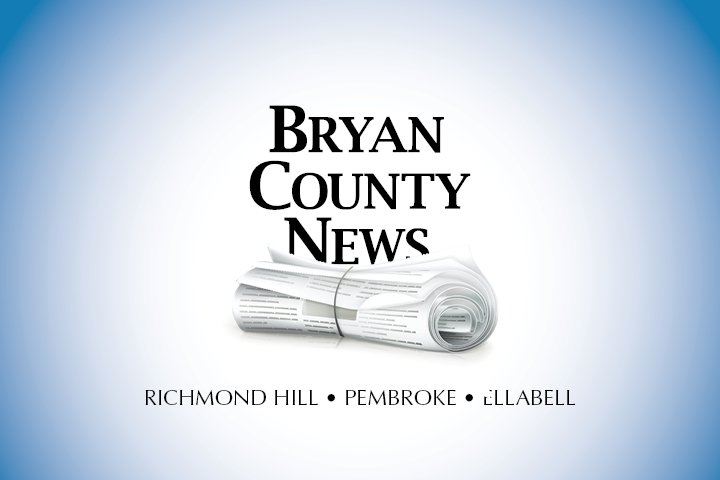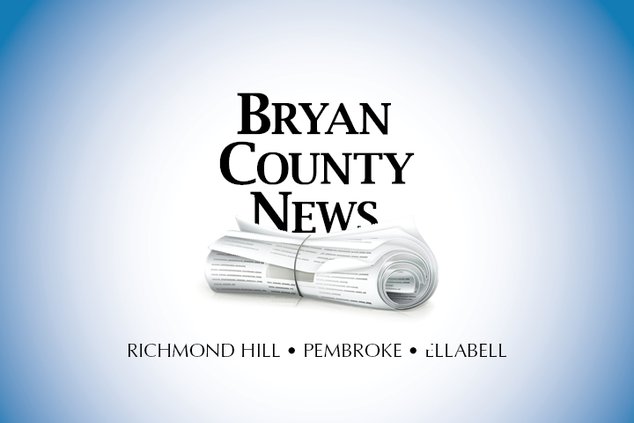WASHINGTON (AP) — Treasury Secretary Timothy Geithner defended the bank rescue program devised by the Obama administration Tuesday as the International Monetary Fund predicted U.S. financial institutions could lose $2.7 trillion from the global credit crisis.
Geithner, testifying before the rescue plan's Congressional Oversight Panel, faced several questions about how Treasury is using the $700 billion Troubled Asset Relief Program and how it intends to help rid financial institutions of their bad loans and securities.
His testimony came in the wake of a watchdog agency report that warned Obama administration initiatives could increasingly expose taxpayers to losses and make the government more vulnerable to fraud.
A special inspector general assigned to the bailout program concluded in a 250-page quarterly report to Congress that a private-public partnership designed to buy up bad assets is tilted in favor of private investors and creates "potential unfairness to the taxpayer."
Geithner said the new plan "strikes the right balance" by letting taxpayers share the risk with the private sector while at the same time letting private industry use competition to set market prices for the assets.
"If the government alone purchased these legacy assets from banks, it would assume the entire share of the losses and risk overpaying," Geithner said in his remarks. "Alternatively, if we simply hoped that banks would work off these assets over time, we would be prolonging the economic crisis, which in turn would cost more to the taxpayer over time."
Geithner said "the vast majority of banks" have more capital than they need to be considered well-capitalized. But he said the economic crisis and the bad assets have created uncertainty about the health of individual banks and reduced lending across the system.
"For every dollar that banks are short of the capital they need, they will be forced to shrink their lending by $8 to $12," he said.
While credit conditions have improved in the past few months, "reports on bank lending show significant declines in consumer loans, including credit card loans, and commercial and industrial loans," Geithner said.
In a letter Tuesday to oversight panel chairwoman Elizabeth Warren, Geithner said that $109.6 billion in resources remain in the rescue fund. But officials expect the fund will be boosted over the next year by about $25 billion as some institutions pay back money they have received.
But under questioning from panel members, Geithner said that even if banks want to pay back the money, that doesn't mean the government would necessarily accept the payment.
"Ultimately we have to look at two things, one is do the institutions themselves have enough capital to be able to lend and does the system as a whole, is it working for the American people for recovery," Geithner said.
The government's effort to stabilize the financial sector and unclog the credit markets has come under heavy scrutiny. Treasury officials say the Obama administration has been holding participants more accountable. Geithner sent key members of Congress six-page letters last week spelling out his department's measures.
Still, Inspector General Neil Barofksy, using blunt language, offered a series of recommendations to protect the public and took the Treasury to task for not implementing previous advice.
Overall, the report said the public-private partnership — using Treasury, Federal Reserve and private investor money — could total $2 trillion. "The sheer size of the program ... is so large and the leverage being provided to the private equity participants so beneficial, that the taxpayer risk is many times that of the private parties, thereby potentially skewing the economic incentives," the report stated.
In particular, the report cited funds that would be used to purchase troubled real estate-related securities from financial institutions. Under plans unveiled by Treasury, for every $1 of private investment, Treasury would invest $1 and could provide another dollar in a nonrecourse loan. That money could then leverage a loan from another government fund backed mostly by the Federal Reserve, a step that Barofsky said would dilute the incentive for private fund managers to exercise due diligence.
Barofsky recommended that Treasury not allow the use of Fed loans "unless significant mitigating measures are included to address these dangers."
Among Barofsky's recommendations:
—Treasury should set tough conflict of interest rules on public-private fund managers to prevent investment decisions that benefit them at taxpayer expense.
—Treasury should disclose the owners of all private equity stakes in a public-private fund.
—Fund managers should have "investor-screening" procedures to prevent asset purchase transactions from being used for money laundering.
Copyright 2009 The Associated Press.

